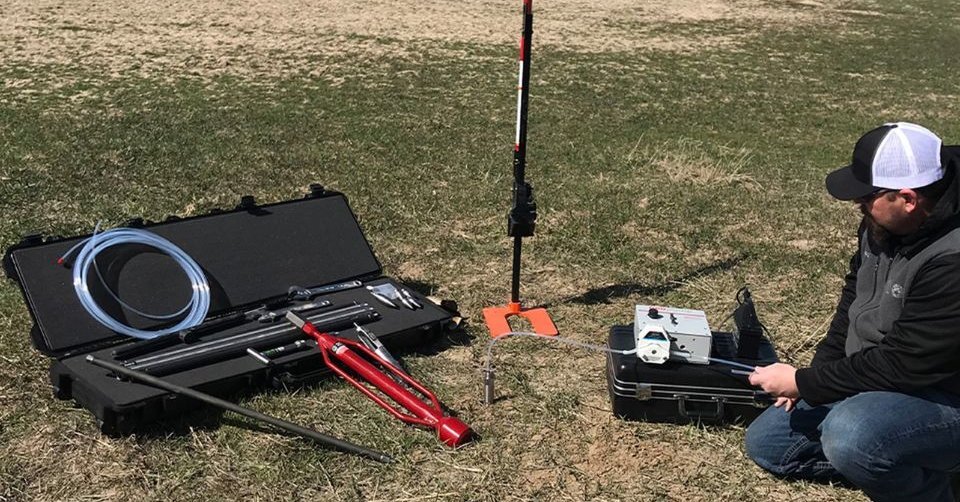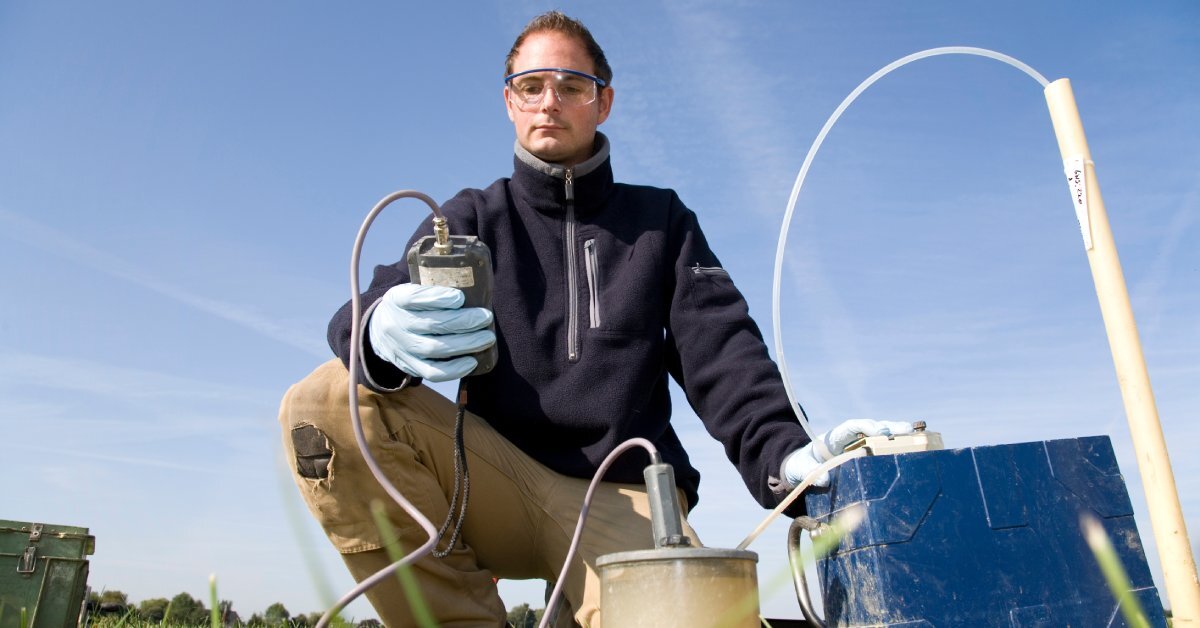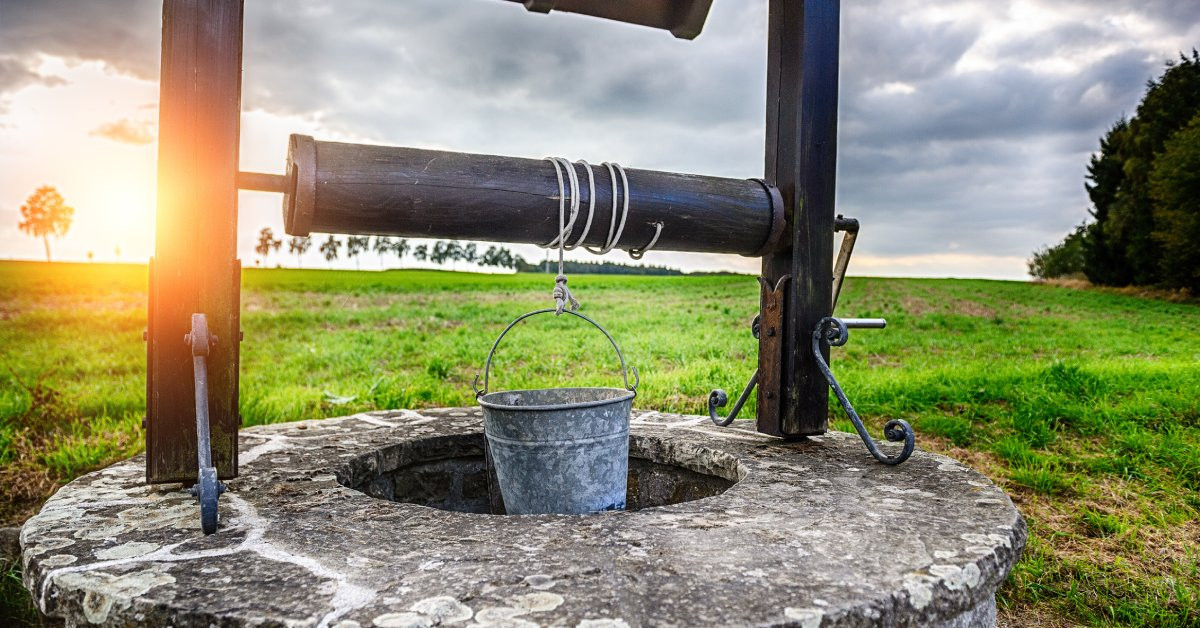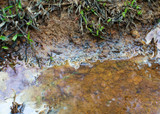The 10 Best Tools for Accurate Groundwater Sampling
Accurate groundwater sampling is essential for environmental assessments, contamination studies, and water quality monitoring. The selection of appropriate tools is critical to obtaining representative samples, which in turn ensure reliable data and informed decision-making. Read on to discover a list of the best tools for accurate groundwater sampling.
Peristaltic Pumps

Peristaltic pumps operate by mechanically compressing flexible tubing to create a vacuum, drawing groundwater to the surface. These pumps are ideal for low-flow sampling, as they minimize disturbance to the aquifer and reduce turbidity in the collected sample. Their portability and ease of use make them popular for field applications.
However, peristaltic pumps are generally limited to shallow sampling depths, as their suction ability decreases with greater depth. It’s also essential to choose appropriate tubing materials to avoid sample contamination.
Bailers
Bailers are simple, cost-effective devices used to collect groundwater samples from wells. Typically constructed from materials such as stainless steel, polyethylene, or Teflon, these cylindrical tubes feature a check valve at the bottom. To obtain a sample, the bailer is lowered into the well, allowing water to enter through the valve. Once retrieved, the captured water is transferred to sample containers for analysis. Bailers are especially useful in situations where minimal equipment is required or when sampling from wells with limited access. However, they may not be suitable for volatile organic compound (VOC) sampling, as the agitation during retrieval may alter the sample.
Bladder Pumps
Bladder pumps are designed to collect high-quality groundwater samples with minimal agitation, making them suitable for VOC analysis. The pump contains a flexible bladder inside a rigid housing, and compressed gas alternately compresses and expands the bladder to displace water without making direct contact with the driving mechanism. This design prevents contamination and ensures the integrity of the sample. Bladder pumps can be used at varying depths and are effective in both low and high-yield wells. Their construction materials should be selected based on the specific contaminants of interest to avoid any chemical interactions.
Submersible Pumps
Submersible pumps are electrically powered devices placed directly into the groundwater source to extract water. These pumps are capable of lifting water from significant depths and can provide continuous flow rates, making them ideal for purging and sampling in high-yield wells. Available in various sizes and materials, submersible pumps can be customized to meet specific well dimensions and sampling needs. However, their use requires a power source, which may be a limitation in remote locations. Additionally, potential heat generation from the pump necessitates careful selection to avoid altering the sample’s chemistry.
Passive Diffusion Samplers
Passive diffusion samplers are devices designed to collect groundwater samples without active pumping. These samplers consist of a semi-permeable membrane filled with deionized water, which equilibrates with surrounding groundwater over time. After a set period, the sampler is retrieved, and the water inside is analyzed. This method is particularly useful for VOCs and provides a time-integrated sample that represents in situ conditions. Passive diffusion samplers minimize disturbance to the well and reduce purge water volume. However, their deployment requires prior knowledge of the contaminants’ types and concentrations to ensure the appropriate duration for effective sampling.
Snap Samplers
Snap samplers are innovative devices that collect groundwater samples in situ while minimizing exposure to the atmosphere, thereby preserving sample integrity. The sampler is deployed with open bottles that snap shut when triggered, sealing the sample at the collection depth. This method reduces the risk of volatilization and oxidation of sensitive constituents. Snap samplers are beneficial for collecting discrete interval samples and can be employed in various hydrogeological settings. Their design also reduces the need for purging, leading to lower time and cost requirements for sample collection.
Discrete Interval Samplers
Discrete interval samplers are designed to collect groundwater samples from specific depths, preventing cross-contamination from other zones. These samplers are lowered to the desired depth in a closed position, and upon activation, they open to allow water to enter. Once the sample is collected, the sampler is sealed, ensuring that the sample accurately represents conditions at that particular depth. This level of precision is especially valuable for delineating contaminant plumes and understanding the vertical distribution of contaminants in stratified aquifers.
Multilevel Samplers
Multilevel samplers are systems that enable the collection of groundwater samples from multiple discrete depths within a single borehole. These systems are essential for understanding vertical variations in groundwater quality and hydraulic gradients. By installing a series of sampling ports or chambers at different depths, multilevel samplers provide detailed profiles of contaminant distribution and aquifer characteristics. This information is critical for designing effective remediation strategies and comprehensive groundwater monitoring programs. Proper installation is crucial to ensuring the isolation of different sampling zones.
Piezometers
Piezometers are instruments used to measure the hydraulic head or pressure of groundwater at specific points, providing valuable data on groundwater flow and potential gradients. Primarily used for monitoring water levels, piezometers can also be equipped with sampling capabilities. Installed at designated depths, piezometers can be constructed from various materials to ensure compatibility with the specific chemical environment. They play a crucial role in hydrogeological investigations, helping to determine groundwater flow direction and assess the impact of pumping activities. Proper installation and regular maintenance are necessary to maintaining reliable data collection.
Water Quality Meters
Water quality meters are essential tools for in situ measurement of key groundwater parameters, providing real-time data that guide sampling strategies and on-site decision-making. These handheld devices can measure parameters such as pH, temperature, dissolved oxygen, conductivity, and turbidity. Advanced models can also detect specific ions or compounds, offering a comprehensive overview of water quality. Regular calibration and maintenance are crucial to ensuring the accuracy of these measurements. By providing immediate insight into groundwater conditions, water quality meters support informed decision-making regarding sample collection, treatment needs, and potential contamination issues.
Groundwater Sampling Accessories

In addition to primary sampling devices, various accessories are crucial for ensuring the accuracy and efficiency of groundwater sampling. Items such as tubing, filters, and well caps play vital roles in maintaining sample integrity. The selection of appropriate tubing materials is essential to avoiding contamination; for example, Teflon or stainless steel tubing is recommended for sampling organic compounds.
Filters are used to remove particulates from samples, particularly when analyzing dissolved constituents. Well caps protect the sampling point from external contamination and ensure sample integrity. Utilizing high-quality groundwater sampling equipment and accessories is critical for obtaining reliable, representative data, which forms the foundation for effective environmental assessments and decision-making.
Now that you know the best tools for accurate groundwater sampling, it's evident that selecting the appropriate equipment is crucial for obtaining reliable and representative data. Using high-quality groundwater sampling equipment not only preserves sample integrity but also supports informed decision-making in environmental assessments and water quality monitoring.
Recent Posts
-
10 Reasons Testing Groundwater Is Important
Groundwater is one of the most valuable resources we have. It provides drinking water for millions a …November 20, 2025 -
Why You Should Regularly Check Termite Bait Stations
In industries such as agricultural or groundwater management, unseen threats can quietly undermine y …November 12, 2025 -
How the Mining Industry Uses Sediment Sampling Data
In mining, the decisions made before the first shovel hits the ground can determine the success or f …September 26, 2025




